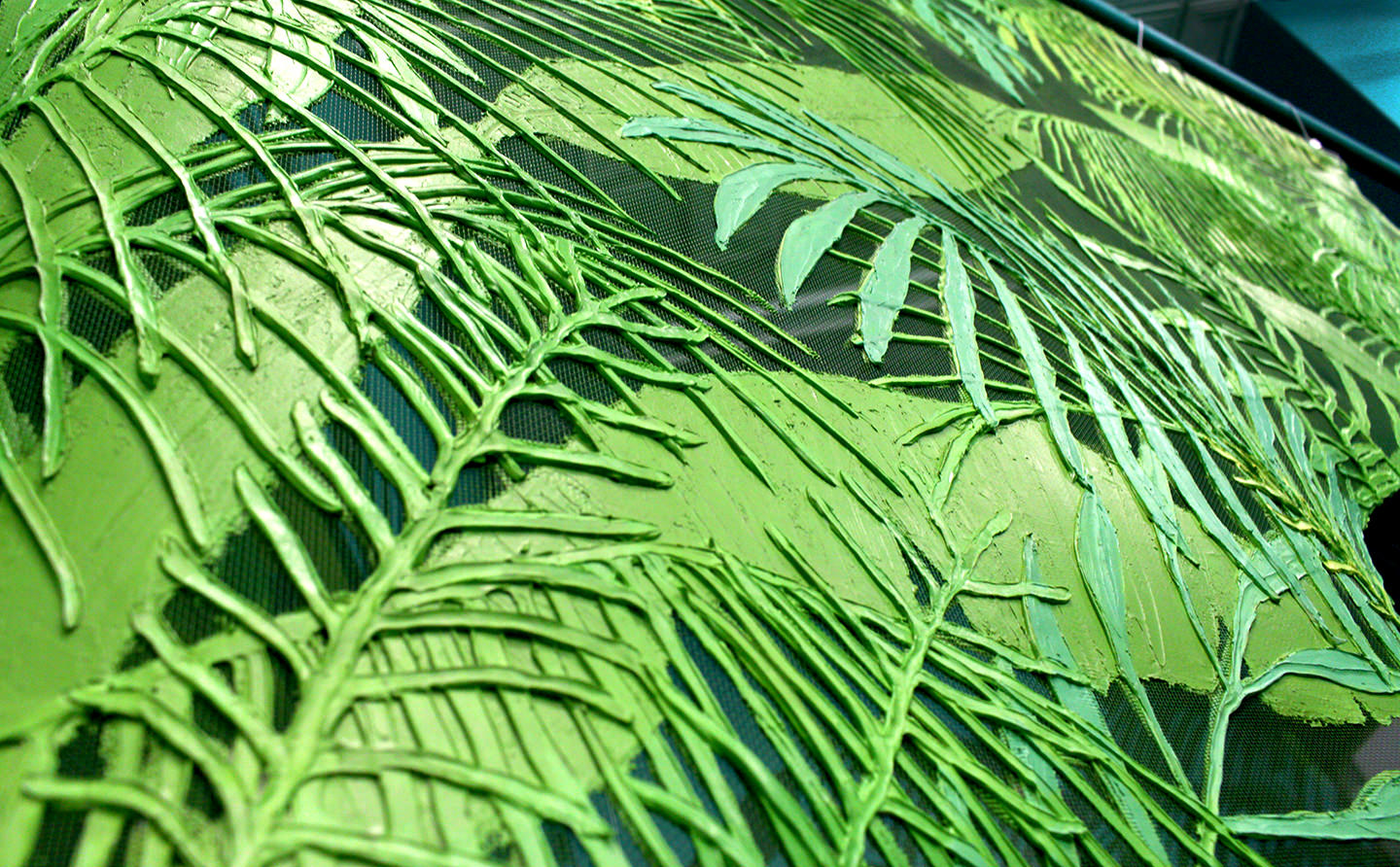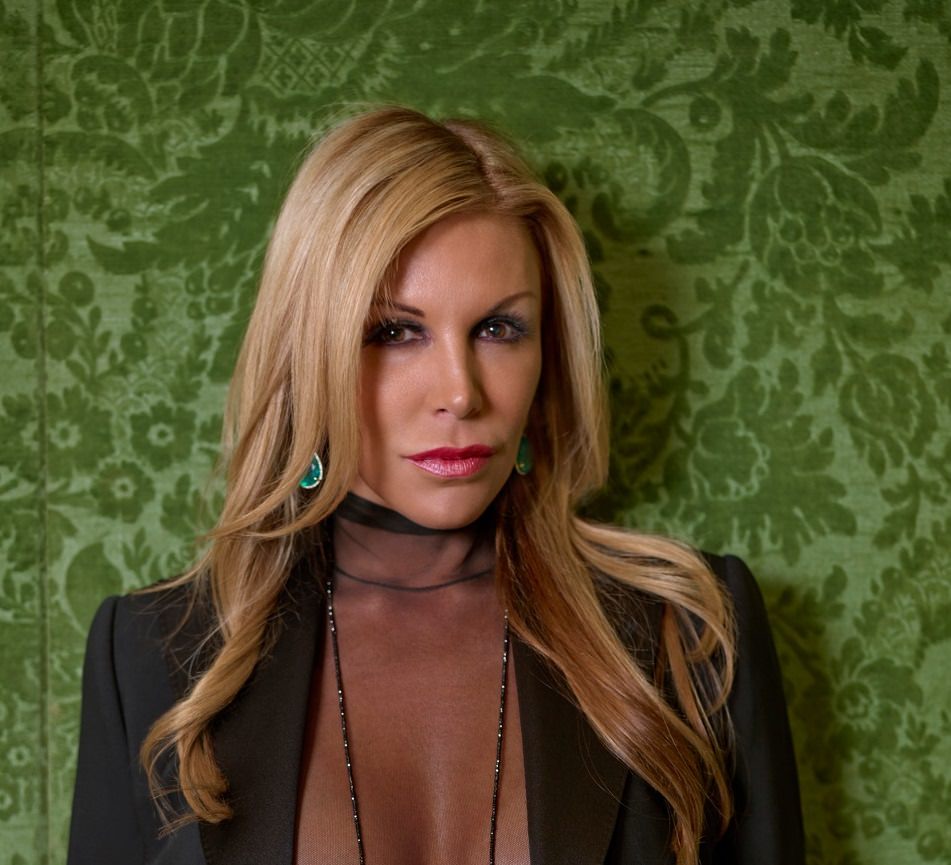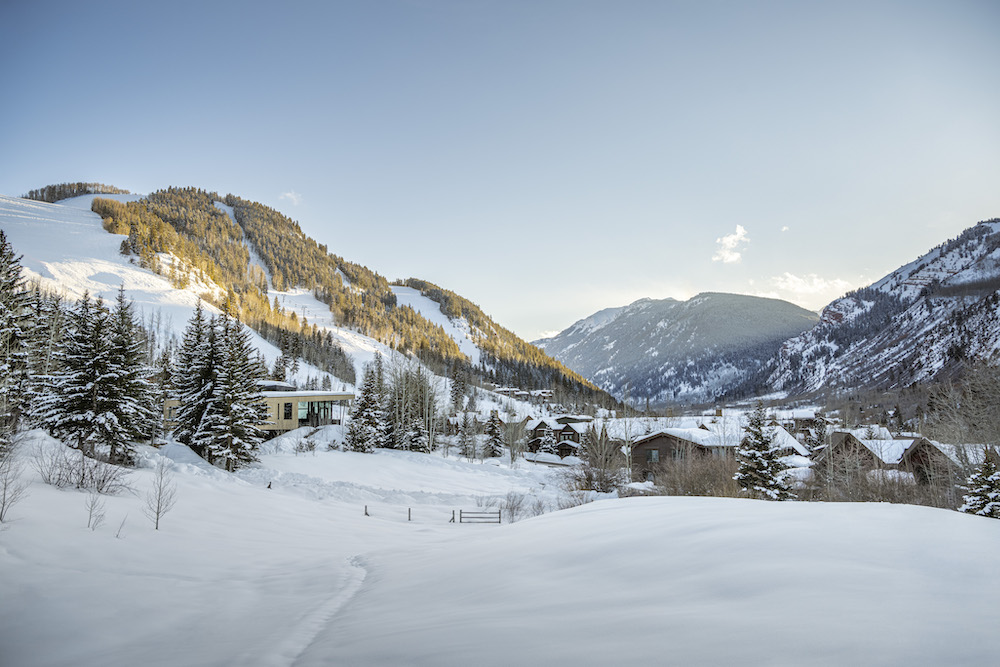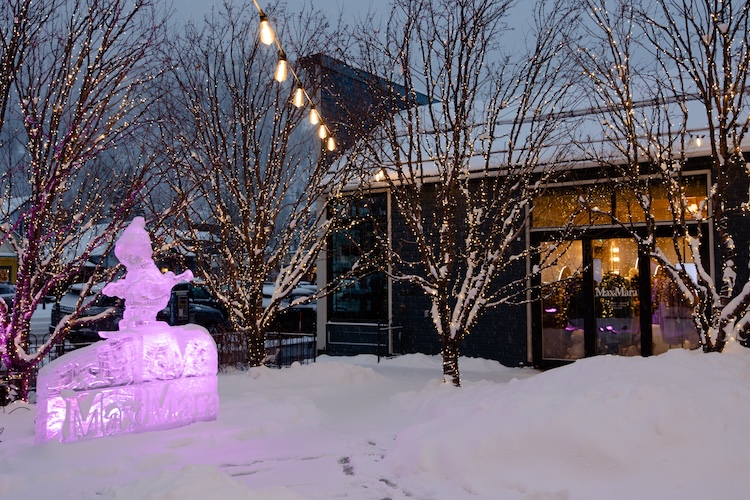This summer, the contemporary Art Aspen fair celebrates its tenth anniversary at its mainstay location in the Aspen Ice Garden. The boutique-style fair, welcoming approximately 30 of the country’s distinguished galleries, showcases pieces from the 1950s to today. Included in the fair’s programming are a collection of artist-led tours, talks, and a SELECTS section that highlights pieces chosen by curators, designers, and critics.
Special for the fair this year is the announcement of its Artist Commission award. The Artist Commission is a new platform aimed at introducing emerging artists to the thriving art community in Aspen. Each year, a new recipient of the award will unveil a thematic site-specific installation.
For its inaugural edition, Art Aspen has awarded the New York-based interdisciplinary artist Adrienne Elise Tarver. Wielding a stipend and production support from Art Aspen, Tarver will present “In Fertile Shadows”—a body of work that originally began in Australia to confront the complexity and invisibility of the black female identity. Facets of everyday life, like domesticity and fantasy, are addressed through a creation of tropical canopies using wire mesh and other household materials.
In addition to her presentation, Tarver will also host an artist talk with SciArt curator Marnie Benney entitled “Uproot: A Conversation About Plants, Humanity, and False Utopias” on Saturday, July 27 at 2 p.m.
For this edition of Whitewaller Aspen, we spoke with Tarver about her presentation at Art Aspen, her upcoming solo shows, and what an average day in the studio is like.
WHITEWALLER: Tell us a bit about your installation for Art Aspen, “In Fertile Shadows.”
ADRIENNE ELISE TARVER: In my work I’ve been researching plants and the tropical environment as a starting point to look at the complexity of origin stories and histories of displacement. Recently, I’ve been particularly interested in banana plants and the social upheaval, economies, and people that have depended on them. Cultivating them through bouts of disease has left plots of unusable soil in the tropics. At the same time the modern banana was propagated; J. Marion Sims was conducting painful surgical experiments on enslaved women’s reproductive organs. These events and this point in history led directly to the ubiquitous banana in our diets today and the modern gynecological experience. With “In Fertile Shadows” the title is a play on fertility/infertility and the histories whose shadows provide the foundation of where we are now.
WW: Can you tell us a bit about how the body of work began in Australia and culminated here in the U.S.?
AET: In grad school I was mostly interested in ideas of home and domestic spaces which led to an interest in houseplants. These common houseplants in my work, most coming from tropical climates, began to become metaphors for people–kept and cultivated to fit these manicured controlled environments. Palms, snake plants, monstera, etc. could survive in the controlled indoor climate, but are a constant reminder of a different utopic environment. I moved from Chicago to Sydney, Australia in 2011 and I remember being struck by overgrown foliage everywhere that I associated with the tropics. Many of the plants that thrive there and which I had assumed to have always been there, weren’t native to Australia. While I was there, I was also experiencing a weird assumption of my own origin. When people would ask me where I was from, I would say the States or Chicago and often that answer didn’t satisfy their curiosity. There was a different question that they wanted me to answer and it made me feel like those houseplants. That was really the beginning of thinking about assumptions and false narratives.
WW: This work addresses the complexity and invisibility of the black female identity, domesticity, and fantasy in the Western landscape. Tell us a bit about how this explored in the installation.
AET: Throughout the work, hidden amongst the foliage there are hidden female figures. I think a lot about invisibility as a circumstance and a strategy. In America and in most of the Western world, black and brown women have been asked to be invisible when that serves the purpose of the circumstance (domestic work) and demanded to be visible, but silent, when objectified as seen in the trope of the tropical seductress (Gauguin’s painted figures). The hidden figures in my work are protected, at least temporarily, from the audience gaze, gaining an upper hand and turning the viewer simultaneously into a voyuer and the viewed.
WW: Your work connects flora to human experience, opening up conversation and perspectives between personal narratives and the environment. What types of new perspectives or conversations do you hope this installation opens the viewer up to?
AET: I want the viewer to ask more questions about the histories and assumptions we commonly make. The tropics are seductive and rife with complicated histories and associations. It’s a good place to start the conversation.
WW: On July 27, Art Aspen is hosting a talk with you and SciArt curator entitled “Uproot: A Conversation About Plants, Humanity, and False Utopias” What can we expect?
AET: I can’t wait to talk with Marnie again and continue some great conversations we started in my studio about plants, the history of the tropical environment and current travel economies. There’s so much interesting history about plants that have changed economies, political structures, and our modern diet. And then of course there are the people that have effected change and the people that have been affected by that change. These are the things I’m constantly researching and thinking about in my work. I’m excited to talk about all of it.
WW: Tell us a bit about what an average day in the studio is like.
AET: I’m a morning person so I tend to wake up early and try to send emails, proposals, and other administration stuff before getting to the studio. I work in a lot of different mediums, so any given day can be completely different. I generally like to move between mediums, working on different projects in one day. I like to start with something that’s looser and more intuitive like watercolor and then move on to more meticulous work like collage. Sometimes I’m spending the day stretching and priming large canvases or working with caulking on wire mesh. I listen to a lot of podcasts in the studio or audio books. I tend to work on editing digital photos or video work in bed.
WW: In an interview with us 2 years ago, you said your responsibility as an artist is to “remain open and critical (of myself and the world) and to respond to my world and experiences in the way that feels most honest for me.” How does this installation do that?
AET: This installation allows the viewer to explore an environment. I don’t want to tell you what to think or what you’re looking at. The pieces hang in your physical space, not on a wall. You are allowed to walk up to it and around it. I want to give people this time and proximity to the work to connect and be curious enough to ask more questions. Allowing people to come to their questions naturally in their own time feels like an honest way to enter the conversation.
WW: What are you working on next?
AET: I have a couple of solo shows coming up, one in September at Happy Lucky No. 1 in Brooklyn, and one at Victori + Mo in January 2020. For these shows, I’m working on some large and small collages, a video project, and a series of large oil paintings.










